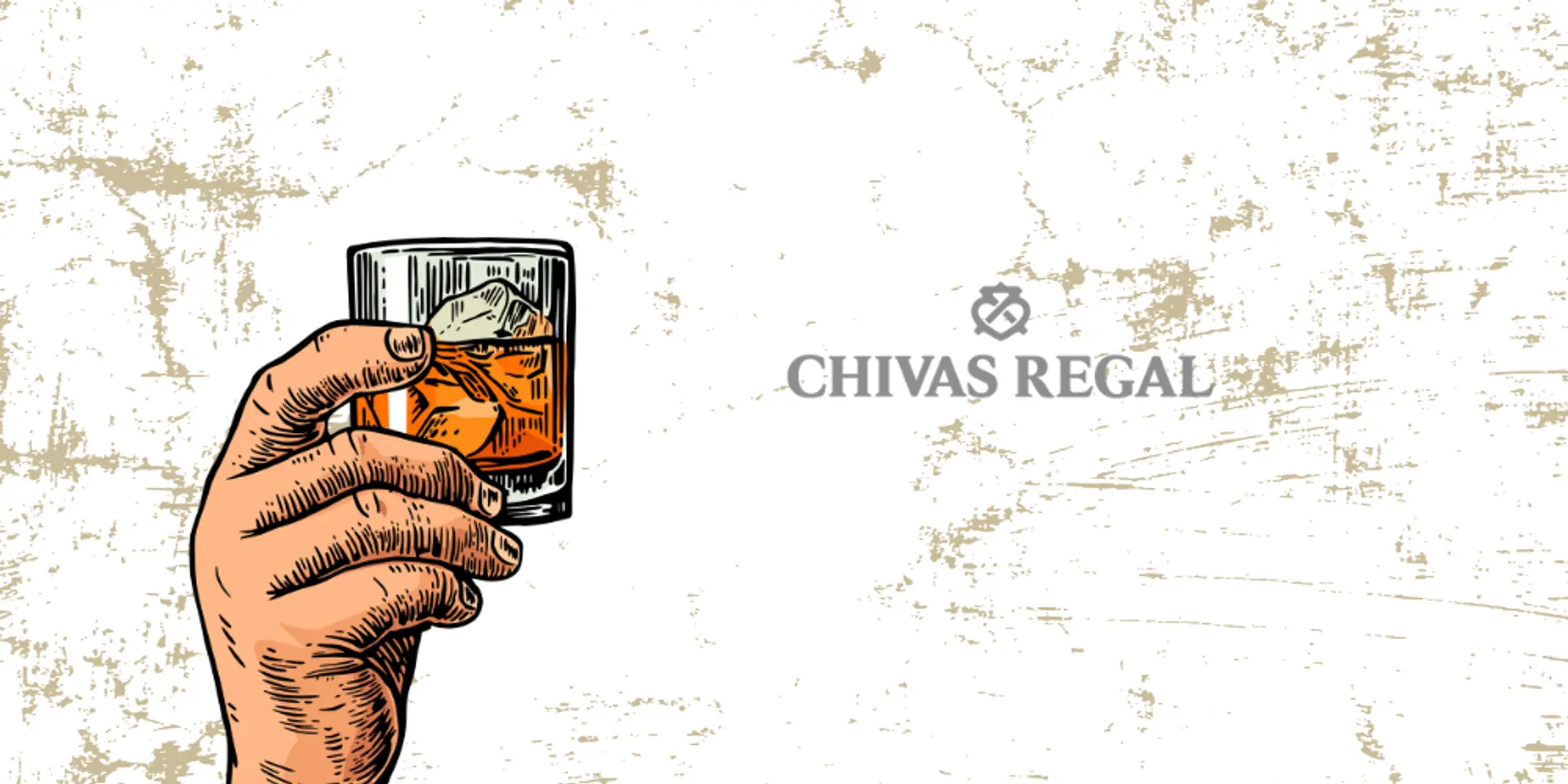The Chivas Regal Effect: Why Higher Prices Can Boost Perceived Quality
Discover how Chivas Regal's pricing strategy transformed consumer perceptions and boosted sales without changing the product's quality.
The Chivas Regal Effect is a fascinating phenomenon in marketing and consumer psychology. It suggests that higher prices can lead to a perception of higher quality, even without any change in the product itself. This effect is named after Chivas Regal, a blended Scotch whisky, and has significant implications for how products are marketed and perceived.
Origins of the Chivas Regal Effect
The Chivas Regal Effect traces back to the post-World War II era when Chivas Brothers, the makers of Chivas Regal, were struggling. According to various sources, they decided to double the price of their whisky without altering the product. This strategy led to a substantial increase in sales, as consumers began to perceive the higher-priced whisky as a premium product.
The Psychology Behind the Effect
The Chivas Regal Effect operates on the principle that consumers often use price as an indicator of quality. When faced with a higher price tag, they may assume the product is superior. This is particularly true for luxury goods and items where quality is not easily discernible. For example, a consumer unfamiliar with the nuances of whisky may opt for the more expensive option, believing it to be of higher quality.
Applications in Other Industries
The Chivas Regal Effect is not limited to whisky. It has been observed in various sectors, including education. In the 1980s, some universities in the United States increased their tuition fees, resulting in higher enrollment rates. Parents and students perceived the higher cost as indicative of better education quality. This effect underscores the broader principle that price can be a powerful tool in shaping consumer perceptions.
Limitations of the Chivas Regal Effect
While the Chivas Regal Effect can boost sales and enhance brand perception, it is not foolproof. It tends to work best when consumers have limited knowledge about the product or lack other quality cues. In markets where consumers are well-informed or where brand reputation is well-established, the effect may be less pronounced. Additionally, if the price exceeds what consumers are willing to pay, the strategy can backfire.
Modern Examples and Criticisms
Many brands have successfully employed the Chivas Regal Effect to position their products as premium offerings. For instance, in the beverage industry, brands like Coca-Cola and Pepsi have used pricing strategies to influence consumer perceptions of quality. However, critics argue that relying solely on price to signal quality can be misleading. It emphasises the importance of other factors such as product innovation, customer experience, and brand authenticity.
The Chivas Regal Effect highlights the intricate relationship between pricing and perceived quality. While it offers valuable insights for marketers, it also serves as a reminder of the complexities of consumer behavior. By understanding this phenomenon, brands can better navigate the competitive landscape and strategically position their products to appeal to discerning consumers.
Understanding and leveraging the Chivas Regal Effect can help businesses enhance their marketing strategies and build stronger connections with their target audience. However, it is crucial to balance pricing strategies with genuine value and quality to maintain long-term brand loyalty and trust.







